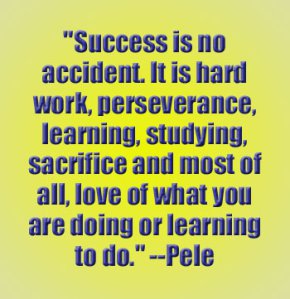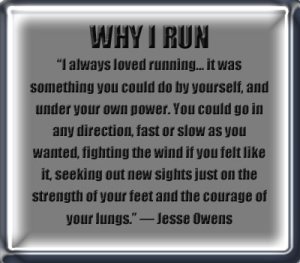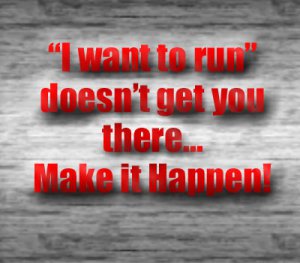 Setting goals is natural, unfortunately so is giving up. When we set our mind on a particular goal, in the beginning, it’s all out (#allornothing). All plans change to accomplish the goal! You eat, sleep, and dream your goal. Depending on who you are, the enthusiastic mindset may last a short period and for others it may last a longer period. Either way it goes, the fire doesn’t continue to burn.
Setting goals is natural, unfortunately so is giving up. When we set our mind on a particular goal, in the beginning, it’s all out (#allornothing). All plans change to accomplish the goal! You eat, sleep, and dream your goal. Depending on who you are, the enthusiastic mindset may last a short period and for others it may last a longer period. Either way it goes, the fire doesn’t continue to burn.
Hear this…It’s the last 10 min. of a soccer game where teams are most vulnerable. It’s the last quarter of a basketball game where championships are won. A simple race can be won in the last 15-20 yards.
All of these examples represent the approaching finish where the completed goal is in reach. The victors will be the ones who continue strong or who keep going when odds don’t appear favorable.
When we’ve set fitness goals or health goals we have to continue strong. Many people quit before they realize how close they are. If you quit, chances are you’re going to want to do it again. Then you have to start aaaaallll over. Really? Is that what you want to do?
It’s important to maintain momentum. Start strong and finish strong! Uh oh. Here it comes… “but I’m not seeing the results I want anymore.” THAT DOESN’T MEAN QUIT. THAT MEANS DO IT BETTER (aka Step up your game.) Continue with strong lifestyle choices, continue with good fitness. Quitters NEVER achieve.
Read carefully. It’s just this simple…KEEP GOING! You’ll do great!







